I'm just starting out with electronics, this should explain why my "schematic" is so readable.
I'll attach it and explain further.
I know how to create a simple circuit with the main slide switch and either of the LEDs, but I honestly have no idea on how would I create 3 parts that are powered by one source but aren't connected "in one line" (Is that called a linear circuit?).
My second problem, that I have not illustrated in my schematic, is - how, if it's possible at all, could I create the potentiometer control the 7 segment displays so they display random numbers (or just light up random parts of the screen, really). The display should change only when potentiometer is turned.
I hope that I make some sense and you can give me some tips on where to start. Thanks!
